Those who think that the Old World is already civilized from head to feet and at the map of Europe there in not a single wild corner are mistaken. In civilized Europe you may not only stroll along the woods and fields without meeting any highways, but to meet wild boars and elks without visiting the Zoo. For the wild nature fans we will tell about the ecological tours in the countries of Europe, as soon as to spend a week of vacation in a tent in the conditions of world economic crisis may be not only useful and amusing but also rather budgeting. Thus, who can be found in the European forests which seem to be lived-in?
1. Wild boars in Germany.
The recent couple of years these animals have become a real disaster for the German farmers. Not only those fang creations terminate harvest, they also often break into village houses and even attack people. You don’t need to look for the boars far away, since they can be found even in the gardens and parks of Berlin. However, to hide from civilization and to find the wildest ones you should set for the Central Franconia and walk with a rucksack on the back in the plains of Maine and Danube rivers. Here they can be found everywhere, like deer, and the local beer fans sitting in the tavern and drinking beer, like to tell stories about “Suuuuuuuuch a boar”, whom they came across just yesterday. There is a chance to add their stories.
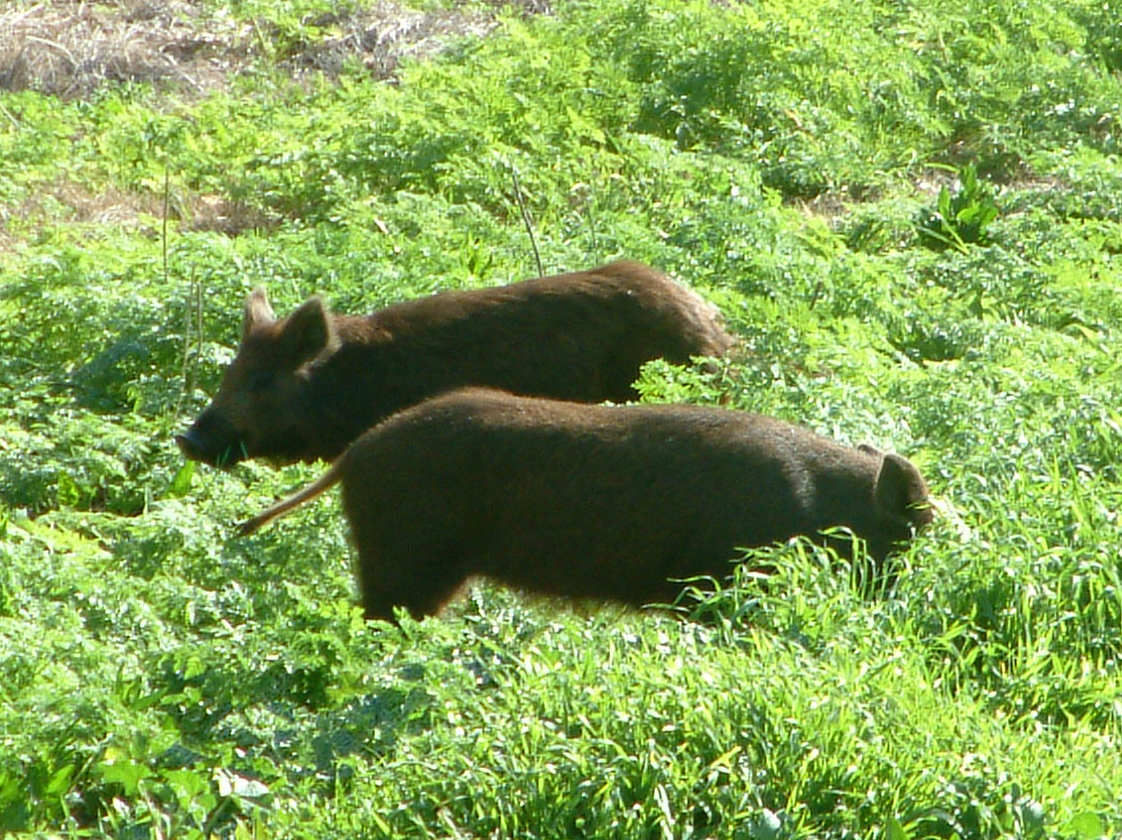
2. Killer Whales in Spain.
Not less than the boars of German farmers, aid the fishermen of Andalusia suffer the “touring” whales-killers, significantly lessening the catch of trawlers. To admire the big sea mammals is possible while travelling along the hunting road of killer whales in Gibraltar bay, which is organized by the Society on protection of whales and dolphins. It is rather a rare performance, despite the fact that any person, who dared to cross the sea, met on his way the whales- killers, whales and dolphins. For the tourists not to suffer from monotony, the organizers of the trip also suggest seeing ancient Roman cities and diving.
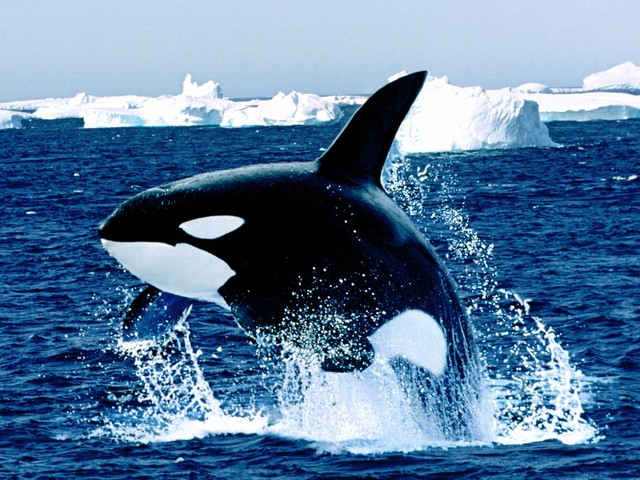
3. Elks and beavers in Sweden
There is no place in the world where there are so many elks as in Sweden, and in this “adventure of the day off” in the Northern woods, experienced representatives of the host country guarantee that the tourist will certainly see “the king of the forest” in the process of walking. We’ll say confidently that the guides just attract the elks by the horn, imitating their call. And afterwards, at sunset, they send the holiday-makers to the lake Scarson, in search of beavers. In the tour everything is foreseen to get back to the nature: living in a tent at the shore of the lake, swimming in a quick river, wood chopping for the fire, and berry peaking for the 100 % natural supper. But everything picked by the tourists is carefully checked, before putting into the common bowl.
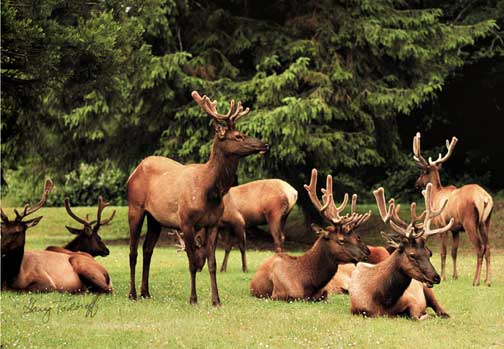
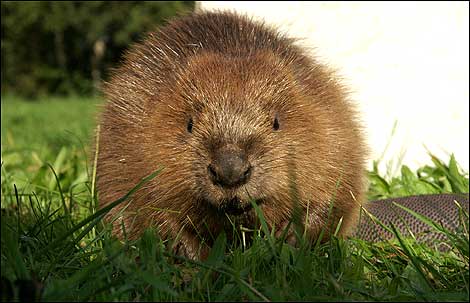
4. Portuguese reptiles
Waterlogged territories and sandy beached at the mouth Sado, which is to the south from Lisbon, swarm with numerous slippery and cold-blooded inhabitants. Anything can be found here – tuberous Spanish turtles, spiked lizards, marmoreal tadpoles, spotty frogs from the Western Iberia and snakes from Montpelier. So those who like reptiles will enjoy a visit to these places. Voles, otters, bats, and polecats inhabit this place, besides – this is one of the best locations in Portugal to observe the birds and dolphins at the coast.

5. Butterflies in Croatia
Croatia is one of the locations, which has recently become quite popular among the naturalists and numerous groups, organized by the butterfly humane society and amateur entomologists. Observing those delicate creatures which live on the shores of turquoise lake and waterfalls in Plitvice goes quite well with living in a comfortable hotel as well as sightseeing tours to limestone gorges of Paklenica and to the Velebit Mountains, which are rarely visited by usual tourists.

6. Biking with bisons in Poland
During a 7-day biking tour through the North-Eastern part of the country, you can see the variety of magnificent European bisons, the population of which was preserved and increased thanks to a significant contribution by the Polish Government. Tourists spend 3 days in the forests of Białowieża waiting to meet few in number bisons of the Old World. This forest is all that is left from the once large and wild woods covering the whole continent. A hike through the animal routes in bison reserve smoothly turns into travel on a flat-boat to the far Nariva swamps, known as Polish Amazon, to the natural habitat of beavers, otters, elks, and martens.
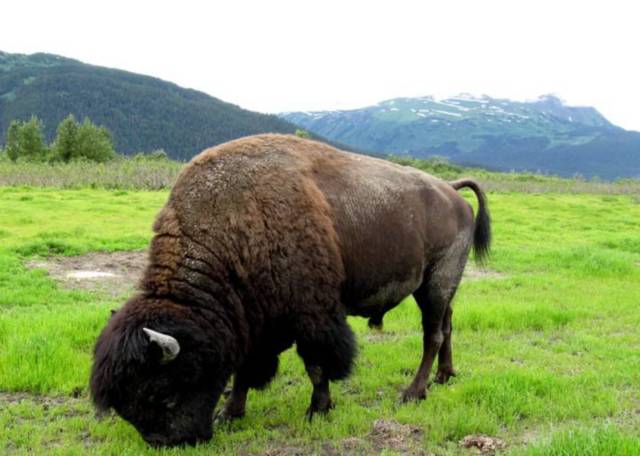
7. Taking a glance at the puffins in Iceland
Iceland is a country where a variety of sea birds lives. Try travelling to the Snaefellsnes peninsula where huge colonies of birds nest on the cliffs on the both sides of the peninsula and most of those birds are puffins. Get to the Miway Lake where geese and ducks live during the nesting season. It would also be of interest to see the Namaskard geysers and heavy coasts of the arctic Laxa River.
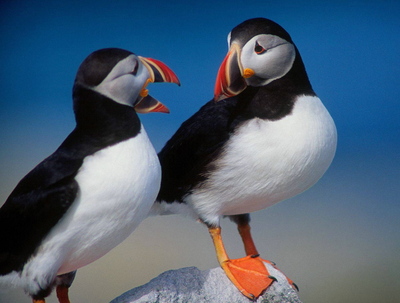
8. Dances with Wolves in Spain
About 3000 Spanish wolves inhabit the land with a mysterious name Sierra de Culebra. It is possible to get closer acquainted with them – while being on a safe distance from them – by being a part of the tour, which is organized by the local wild-nature specialist Julian. The travelers are accommodated in a rural hotel and are invited in the sunset and sunrise times to fancy the life of the wolf packs, which generally remains hidden from the eyes of the outsiders. Information about the current location of the pack is received from the forest-guards. The rest of the time can be spent observing wild boars, foxes and deer, which become a good dinner for the wolves if caught.

9. Turtle catching at the Azores Islands
From the seven kinds of known in the world sea turtles, 5 were found in the Azores islands. And, of course, the scientists-naturalists from all over the world come here to explore these graceful creatures. To join the exploring expeditions, and to become a real naturalist can also ordinary tourists. The scientific ship sails into the Atlantics, where the travelers guided by experienced scientists set traps for turtles and catch them. And then they measure, stick a label and let them free, as a true scientist should do. At the same time travelers study the routs of migration of turtles and contribute to the saving and keeping of the population. They can also admire the whales and dolphins, which can, also, be seen in the surrounding waters.

10. Observation of marmot in Switzerland.
In summer marmots graze grass on the flood plains of Switzerland. One stays on guard and whistles loudly if sees an eagle, after which the whole company actively gets hidden in the shelter. To watch them in the mountainous national park is rather an amusing thing. Chamois and elks also live there, and vipers live in the forests, so beware!
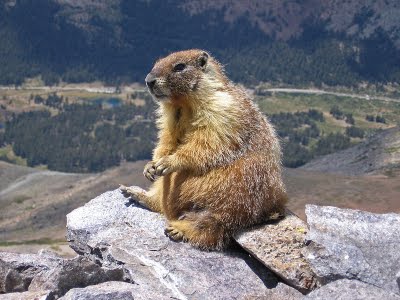



These all seem very interesting. I would like to go on all of them, but in these economic times, that is highly doubtful. Thanks for the beautiful pictures of these amazing animals.